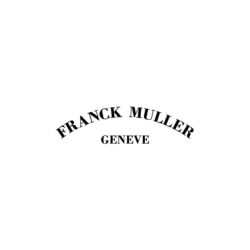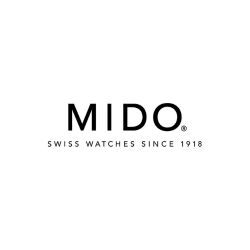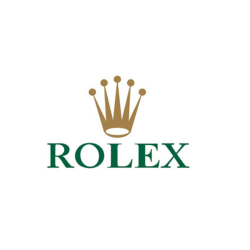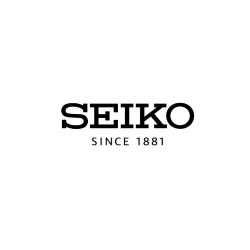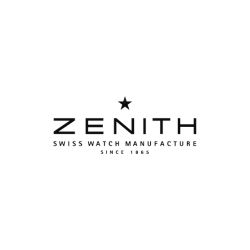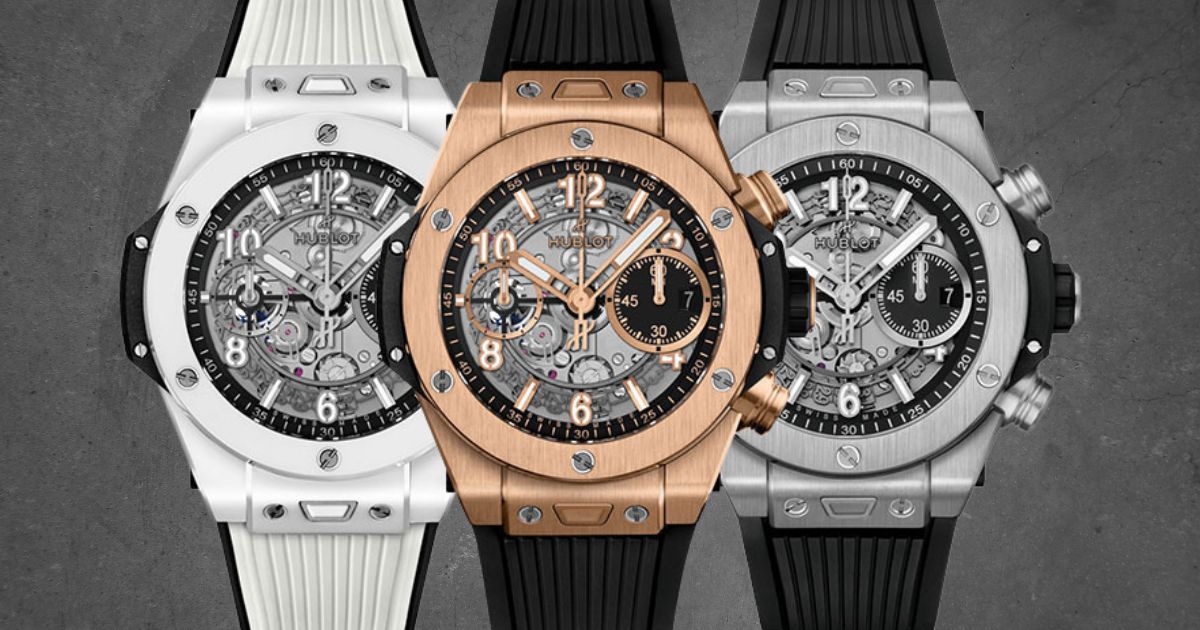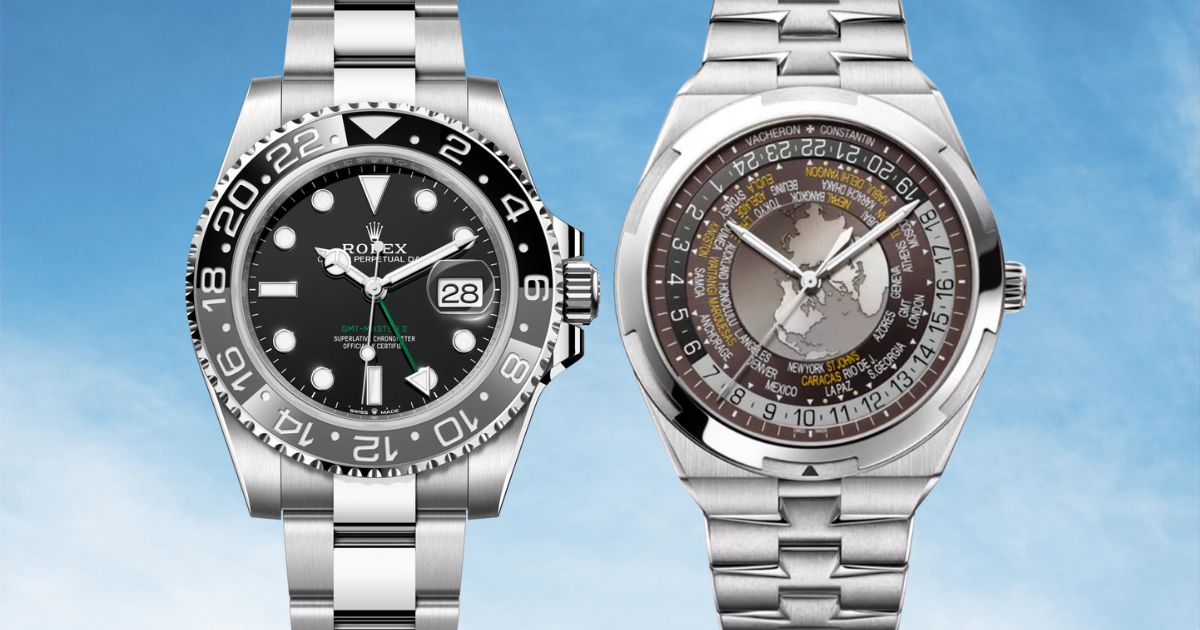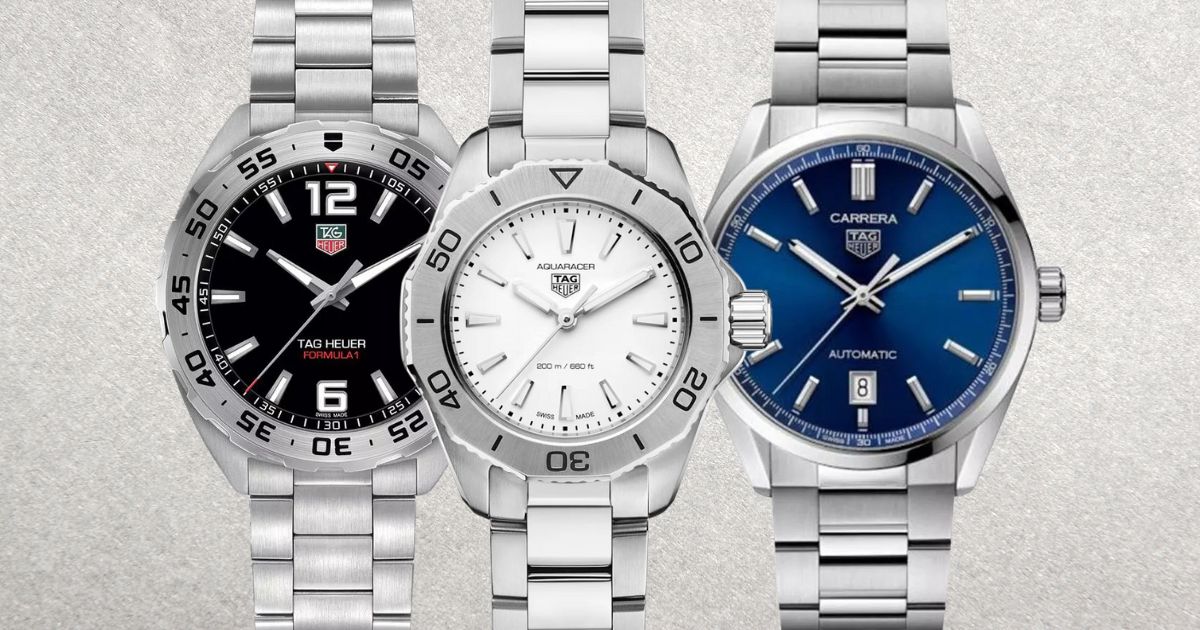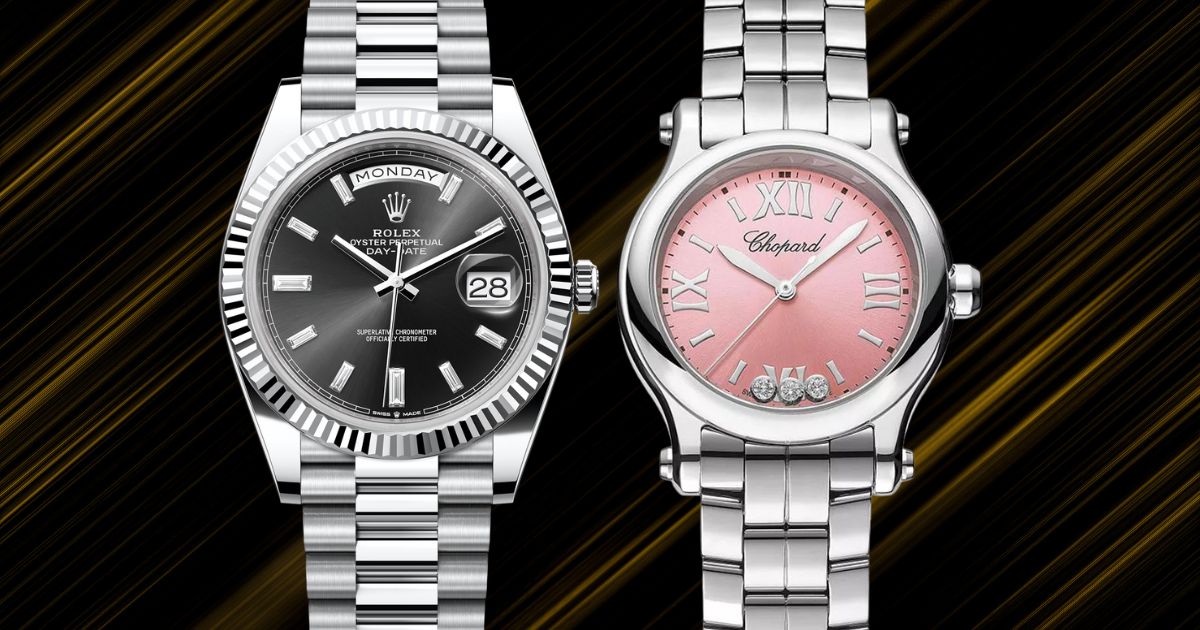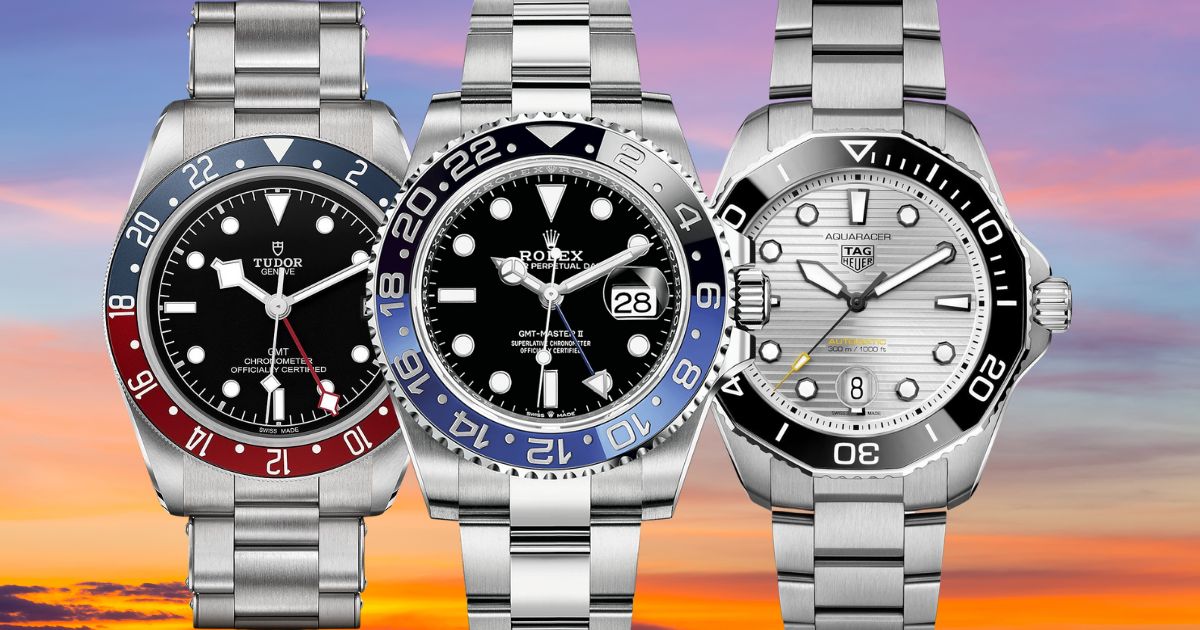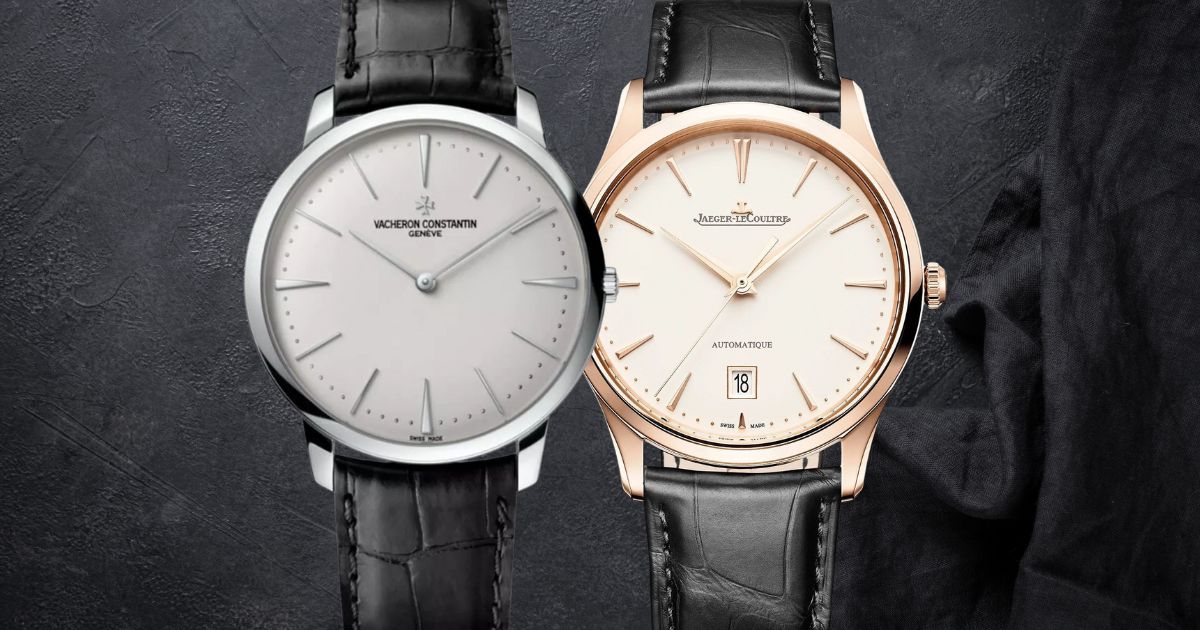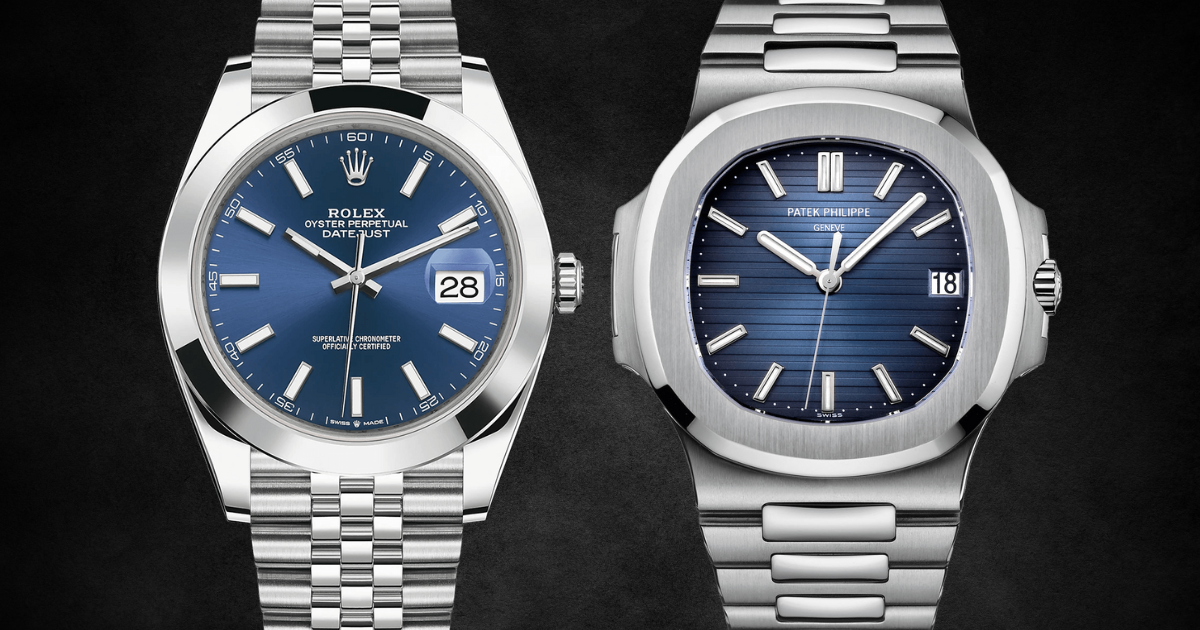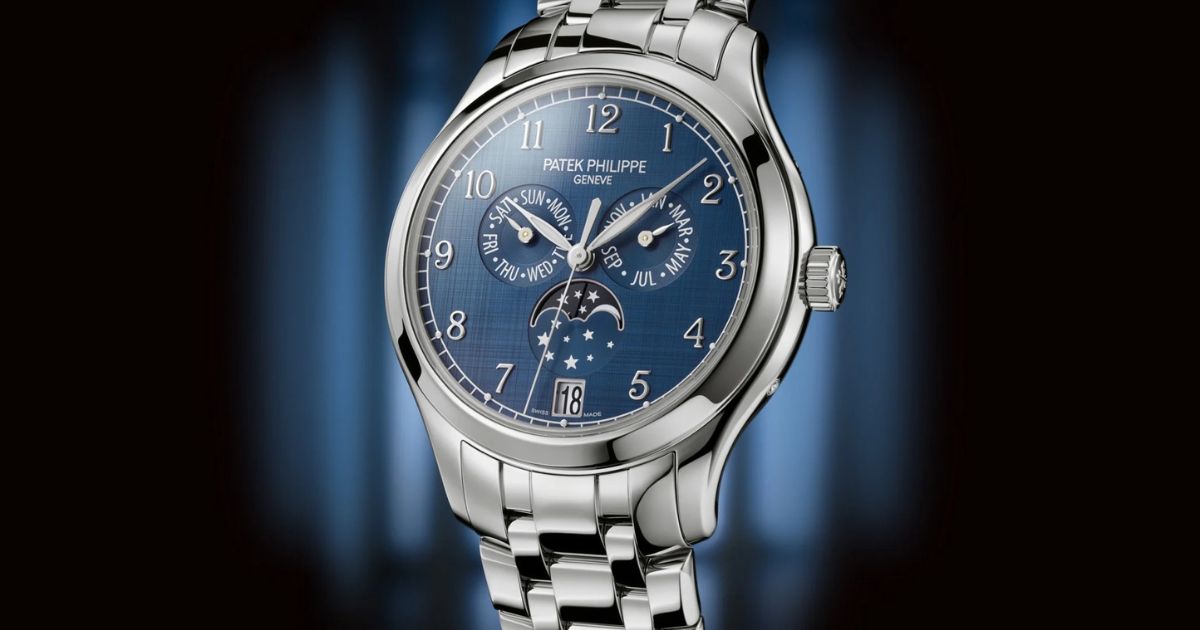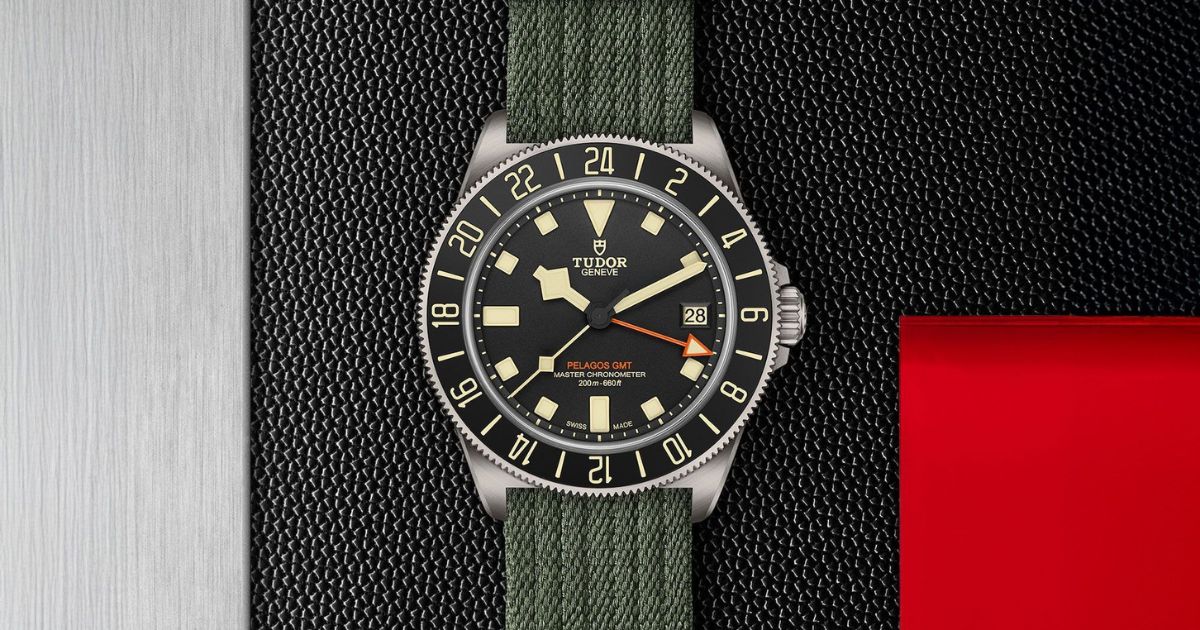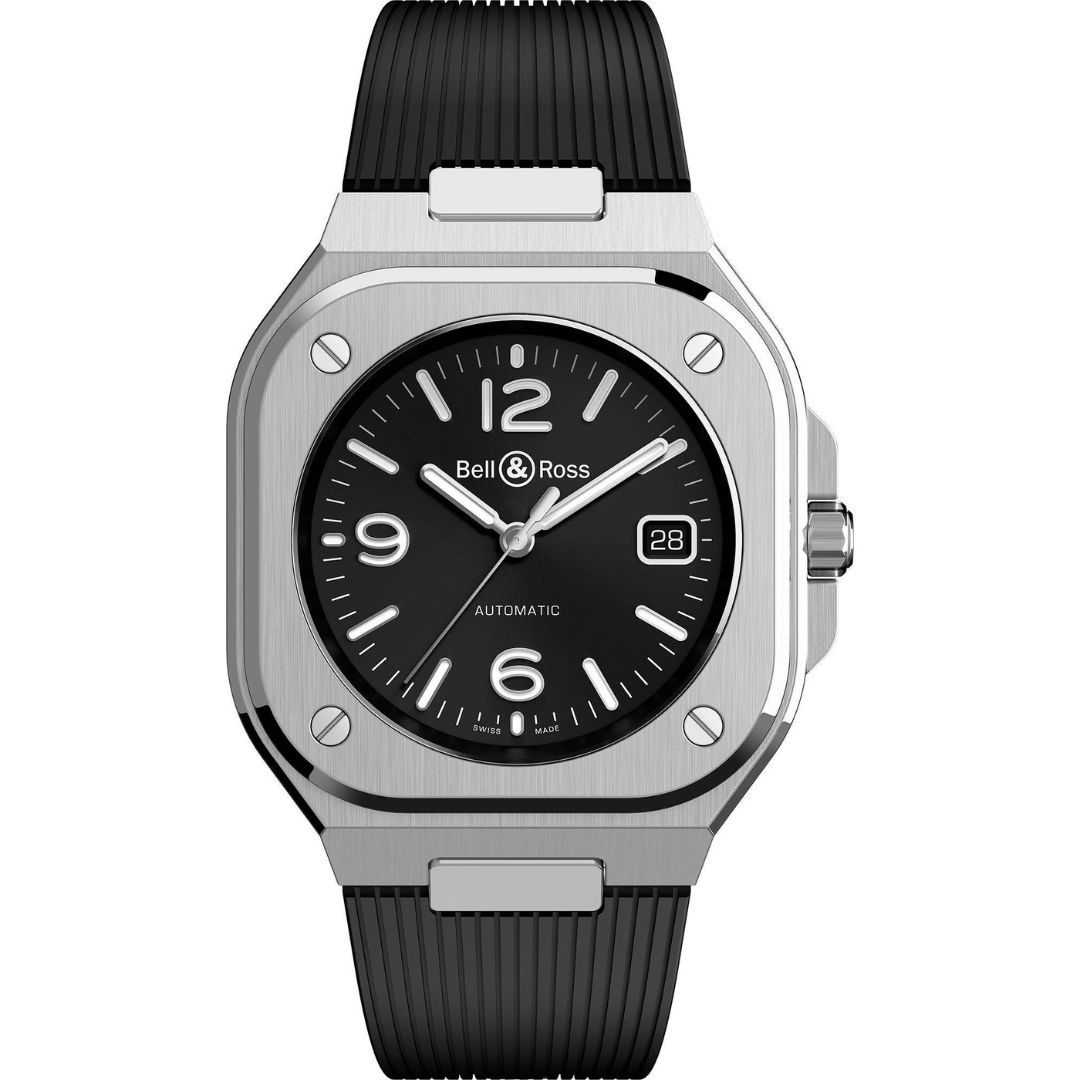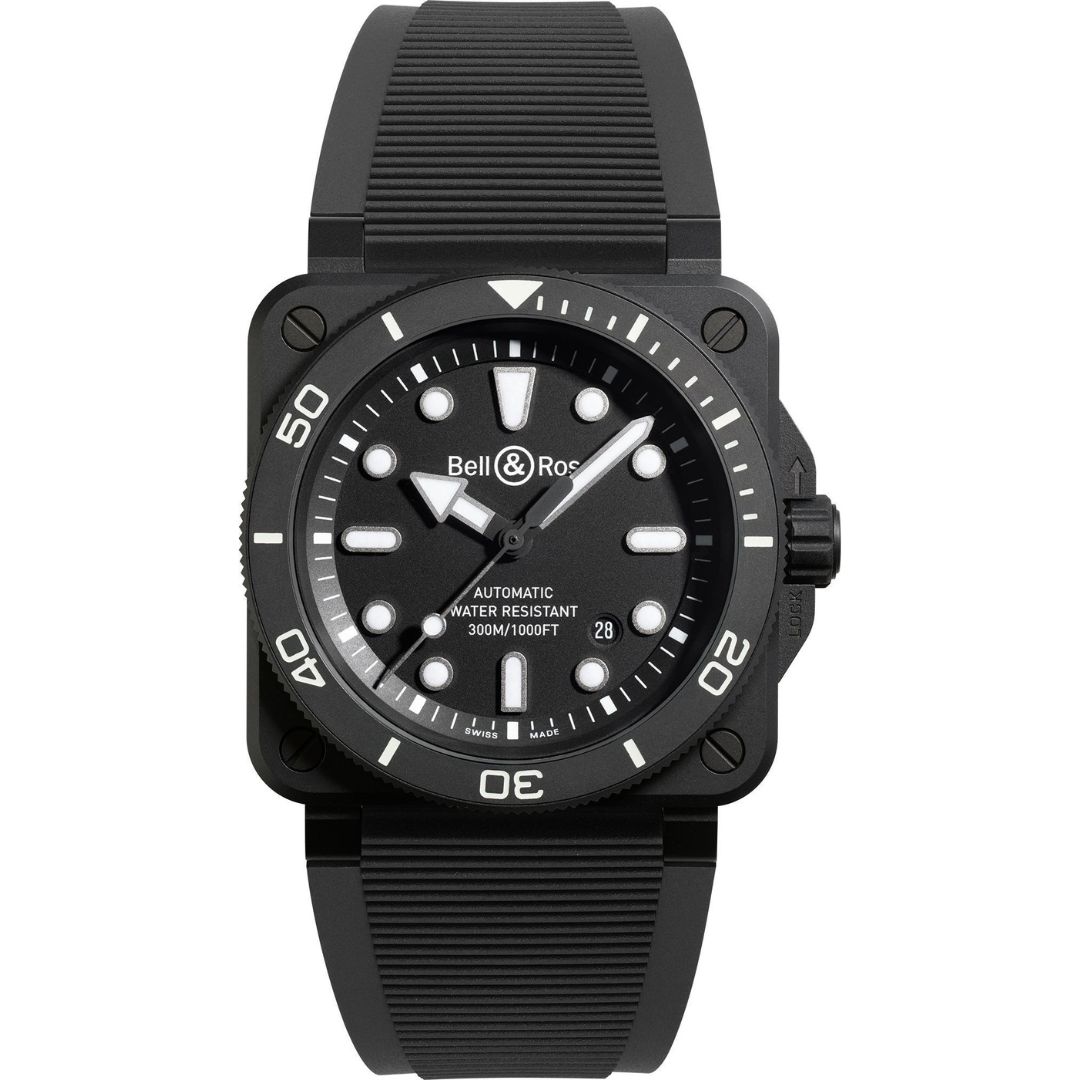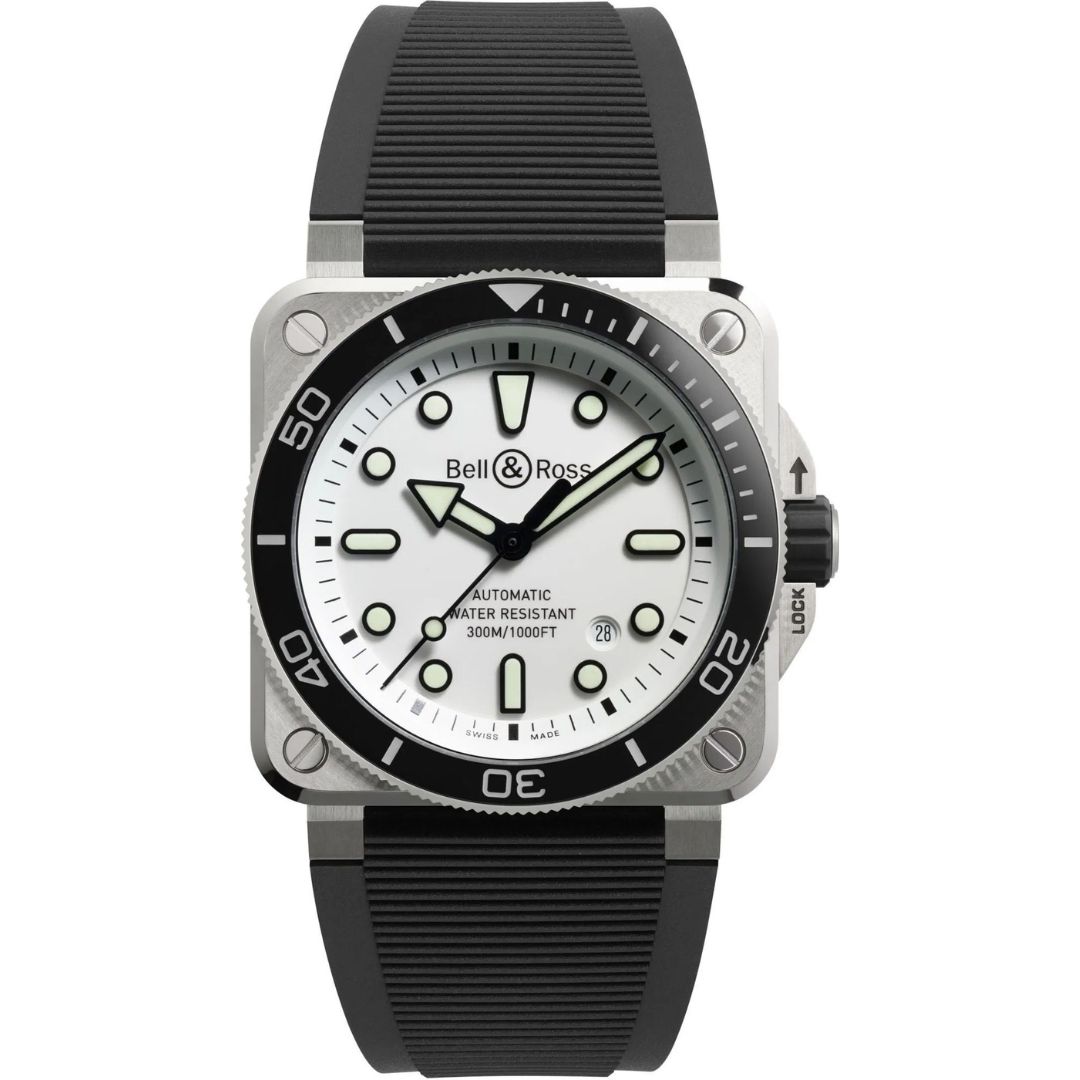When it comes to luxury watchmaking, Hublot stands out not only for its bold designs but also for its relentless innovation in materials. Since its founding in 1980, Hublot has consistently pushed the boundaries of traditional watchmaking by integrating unconventional and high-performance materials. From scratch-resistant ceramics to proprietary alloys like King Gold, Hublot’s commitment to material excellence has redefined modern horology.
In this blog post, we’ll explore Hublot’s most iconic materials, their unique properties, and why they have become synonymous with the brand’s identity.
The Art of Fusion: Hublot’s Material Philosophy
Hublot’s motto, “The Art of Fusion,” perfectly encapsulates its approach to watchmaking. Rather than sticking to traditional stainless steel or gold, Hublot has embraced advanced materials from aerospace, automotive, and even high-tech industries. This philosophy has led to the development of proprietary alloys, high-tech ceramics, and even sapphire crystal cases—each offering distinct advantages in durability, aesthetics, and performance.
By blending traditional craftsmanship with cutting-edge material science, Hublot has created timepieces that are not only visually striking but also exceptionally resilient.
Ceramic: Lightweight and Scratch-Resistant
Why Ceramic?
Ceramic is one of Hublot’s most frequently used materials, prized for its hardness, lightweight nature, and resistance to scratches and fading. Unlike polished metals, ceramic maintains its luster over time, making it ideal for everyday wear.
Hublot’s Ceramic Innovations
- Black Ceramic: Introduced in the Big Bang collection, Hublot’s black ceramic is sleek, modern, and virtually impervious to scratches.
- Colored Ceramics: Hublot has pioneered colored ceramics, including blue, red, and even vibrant shades like lime green, achieved through complex sintering processes.
- Magic Gold: A fusion of ceramic and gold (more on this later), Magic Gold is the world’s first scratch-resistant 18K gold.
Notable Models
- Big Bang Unico Ceramic
- Classic Fusion Ceramic
- Spirit of Big Bang in Blue Ceramic
King Gold: Hublot’s Luxurious Proprietary Alloy
What is King Gold?
While many brands use traditional rose gold, Hublot developed its own version called King Gold—a richer, more radiant alloy composed of:
- 18K gold (75%)
- Platinum (5%)
- Other secret metals (20%)
This blend gives King Gold a deeper, more intense hue than standard rose gold while enhancing durability.
Why King Gold Stands Out
- Unique Color: Warmer and more lustrous than conventional rose gold.
- Enhanced Hardness: The addition of platinum makes it more resistant to wear.
- Exclusivity: Only found in Hublot watches, reinforcing the brand’s identity.
Iconic King Gold Watches
- Big Bang King Gold
- Classic Fusion King Gold
- MP-11 King Gold (a statement-making skeletonized watch)
Magic Gold: The Best of Both Worlds
The Birth of Magic Gold
In 2011, Hublot made history by creating Magic Gold, the world’s first scratch-resistant 18K gold. Developed in partnership with the Swiss Federal Institute of Technology (EPFL), Magic Gold combines:
- 24K gold
- Ceramic powder
The result is a material that retains the prestige of gold while offering ceramic-like durability.
Key Benefits
- Scratch Resistance: Harder than traditional gold thanks to its ceramic matrix.
- Hypoallergenic: Ideal for those with metal sensitivities.
- Exclusive to Hublot: Another testament to the brand’s innovation.
Popular Magic Gold Models
- Big Bang Magic Gold
- Classic Fusion Magic Gold
Carbon Fiber: Lightweight and High-Tech
Why Carbon Fiber?
Carbon fiber is a favorite in high-performance industries (F1, aerospace) due to its:
- Extreme lightness
- High strength-to-weight ratio
- Modern, textured aesthetic
Hublot’s Carbon Mastery
Hublot uses different carbon composites, including:
- Texalium (carbon + aluminum-coated fibers for a metallic sheen)
- Carbon Fiber with colored resins (red, blue, green)
Standout Carbon Fiber Watches
- Big Bang Unico Carbon
- MP-05 LaFerrari (featuring an intricate carbon case)
Sapphire Crystal: The Ultimate in Transparency
What Makes Sapphire Special?
Sapphire is one of the hardest materials on Earth (second only to diamond), making it perfect for:
- Scratch-resistant watch crystals
- Entire transparent cases
Hublot’s Sapphire Creations
Hublot has mastered the art of machining sapphire into full watch cases, offering stunning see-through designs:
- Big Bang Unico Sapphire (fully transparent)
- Spirit of Big Bang Sapphire (tonal blue, yellow, or red tints)
These watches showcase the intricate mechanics inside while providing unmatched durability.
Titanium: Strength Without the Weight
Why Titanium?
Titanium is a favorite in high-end watches because it is:
- 45% lighter than steel
- Hypoallergenic
- Highly corrosion-resistant
Hublot’s Titanium Models
- Big Bang Titanium
- Classic Fusion Titanium
The Future of Hublot’s Materials
Hublot continues to innovate with new materials, including:
- Bright Magic (a fusion of aluminum and sapphire)
- Recycled materials (sustainable luxury initiatives)
With each breakthrough, Hublot reinforces its reputation as a pioneer in high-end watchmaking.
Conclusion
From ceramic to King Gold, Hublot’s material innovations have set new standards in luxury watchmaking. By blending tradition with cutting-edge technology, the brand has created timepieces that are not only visually stunning but also built to last.
Whether you prefer the futuristic appeal of sapphire, the warmth of King Gold, or the ruggedness of Magic Gold, Hublot offers a material for every taste—each embodying the spirit of “The Art of Fusion.”









